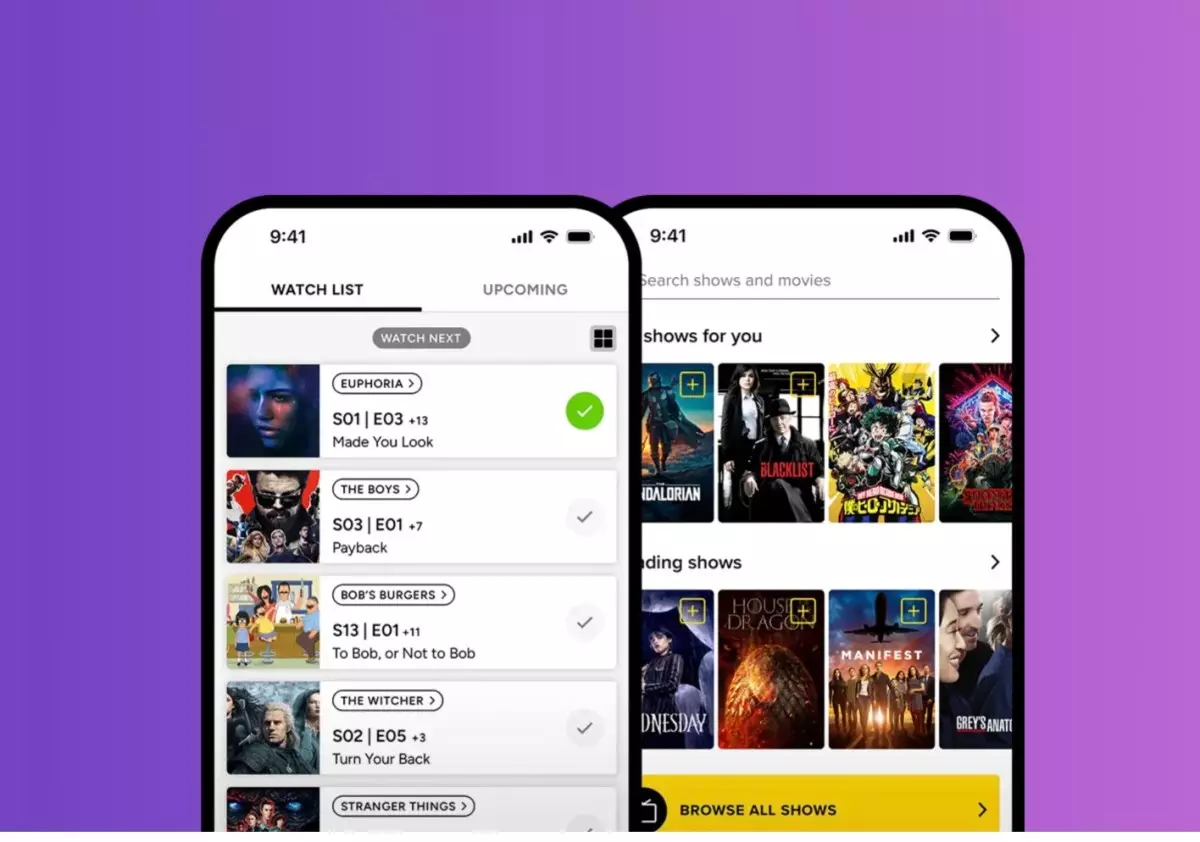TV Time, a prominent application designed for tracking television shows and movies, found itself in a precarious position when it vanished from Apple’s App Store for several weeks. With over 30 million registered users and 2.5 million people actively using the app each month, its sudden absence sent ripples of concern throughout its enthusiastic community of fans. Users frequently engage with the app by commenting on episodes, connecting with peers, sharing images and GIFs, and even voting for their favorite characters. The removal of such a hub of social interaction and entertainment left many wonderstruck about the platform’s stability and future.
On November 1, the management of TV Time took to X (formerly known as Twitter) to inform users of their awareness regarding the app’s removal. They assured the public that they were collaborating with Apple to facilitate a swift reinstatement. However, the lack of elaboration on the underlying causes led to heightened anxiety among users. The platform’s followers bombarded TV Time with inquiries and expressions of support, craving updates but receiving scant information in return. This communication gap is critical to highlight; transparency is essential, especially when a beloved service is at risk.
It took a query from TechCrunch to glean more clarity on the issue, a reminder that companies must maintain effective lines of communication not only with their users but also with the media. Such inquiries can bring to light misunderstandings and have the potential to refocus discussions around tech applications.
The Legal Quagmire Behind the Removal
The causes behind TV Time’s removal stemmed from an intellectual property complaint. Jerry Inman, Whip Media’s Chief Marketing Officer, explained that user-uploaded images from TV shows and movies prompted a copyright claim from a third party. Under the Digital Millennium Copyright Act (DMCA), TV Time sought proof of the complainant’s ownership rights, which subsequently was not provided. Despite the compliance with legal frameworks, the friction escalated into a demand for financial settlements that TV Time considered unreasonable.
The situation could serve as a cautionary example for other app developers navigating the complex waters of user-generated content and copyright laws. It reflects the delicate balance between fostering creative user engagement and ensuring compliance with intellectual property regulations.
The episode underscores the immense power wielded by Apple over app developers within its ecosystem. Inman conveyed strong sentiments about the situation, positioning it as an indicative instance of inherent challenges app developers face when dealing with giant platforms. Apple’s prompt action, based on a single complaint, without substantial scrutiny of the evidential framework raises critical questions about fairness and due process.
This kind of unilateral decision-making demonstrates a concerning gap in equitable treatment, particularly when one considers the vast economic and social implications for developers. The fact that TV Time’s reinstatement followed intervention from TechCrunch highlights how essential advocacy and media scrutiny can become in tech disputes.
Fortunately, after resolving the legal tussle and working through the issues with the complainant, TV Time is en route to reinstatement. However, the path forward could pave the way for further reflections on the protocols that developers must consider in protecting their platforms while also promoting user engagement. Going forth, user trust and reassuring communication from TV Time will be paramount to recover any lost confidence from its base.
The future also serves as an essential reminder that technological dependence can lead to challenges when disputes arise, creating a need for versatile strategies in relation to copyright management, user-generated content, and community engagement within the app’s framework.
TV Time’s temporary disappearance acts as more than just a news story; it’s a case study on the vulnerabilities within today’s app ecosystems. As the application reestablishes its services, it will be crucial for the management team to gauge user sentiment and perhaps even innovate ways to strengthen their relations with their community. The ordeal also serves as a broader lesson in the obligations and responsibilities that come with operating an app on a major platform, emphasizing the importance of managing intellectual property rights adeptly while also fostering a vibrant user-centric environment.
In the end, the world of app development is ever-evolving, and such encounters will likely continue to shape the landscape of digital content creation and consumption.

